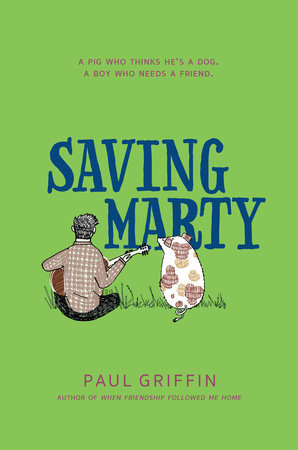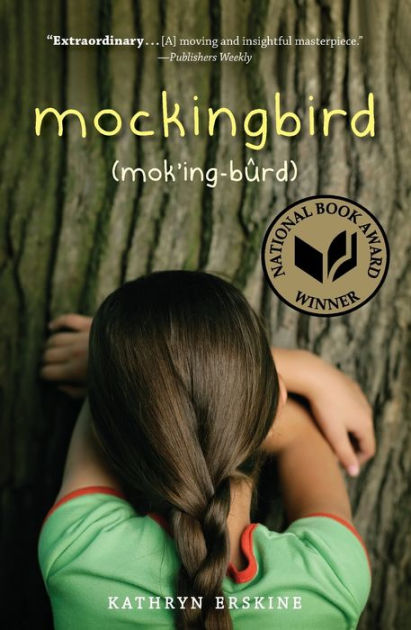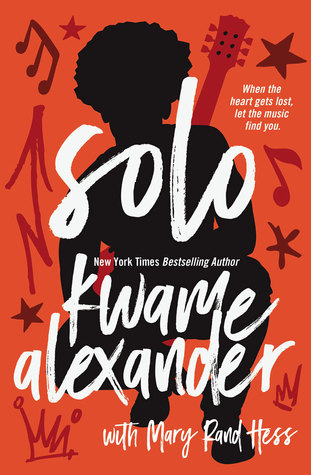 Summer on Earth
Summer on EarthPeter Thompson
Persnickety Press, 2017 294 pages
Grades 4-7
Science Fiction
Grady sees a shooting star from his bedroom mirror and makes a wish. Things have been tough on his mid-western farm ever since his dad died tragically in a car accident. Now his mother, little sister, and himself are trying to keep the farm afloat, even while the bank manager is pressuring them for back payments. The bank manager, an old friend of Grady's father, has made an offer on the family farm and is eager to buy the land in order to develop it. Meanwhile, the shooting start was not a star at all, but a crashing space ship containing one lone alien named Ralwil Turth. Ralwil crashes on Grady's farm and realizes he must hunker down for a while to make necessary repairs on his ship. He uses his dwindling functional technology to transpose himself to human form and introduces himself as Will to Grady's family, where he begins work as a farmhand. Will is strange, but the family assumes that he is either from distant lands or maybe a bit slow minded. As time passes and Will repairs broken equipment on the farm, lends much needed muscle, and plays games with the children, he becomes part of the family. As the summer drags on, Will realizes that he is becoming attached to this group of humans and wants to help the mother with her troubles, which all seem to be rooted in the green paper called money, which the mother claims "doesn't grow on trees". What if it did? Will uses his remaining alien technology to create a tree that actually grows money. Problem solved, right? Hardly! Now human nature rears its ugly head as a nosy sheriff's deputy looking for promotion discovers the tree and tells the entire town about its whereabouts, leading to destruction and heartache. Will Ralwil ever reach his home planet and what will happen to Grady's farm?
What kid hasn't imagined meeting an alien? Grady's dream comes true in this original tale for middle grade readers. The story is told in four distinct points of view: Grady, Ralwil, the ambitious deputy, and the greedy bank manager. All four voices are written distinctly and the narrator's name is offered at the top of the chapter in order to alleviate confusion for the reader. Thompson's best writing is seen in creating the voice of Ralwil, where readers can experience common practices, such as eating smores and walking through the grocery store, with alien eyes. The story itself moves quickly and has an original plot. I love that the concept of "money growing on trees" is taken literally and turned upside down. Kids may be looking at the trees in their own backyard a little more closely. Thompson calls attention to various themes such as welcoming the newcomer, accepting differences, living in community, helping out neighbors, and the allure and power of money and how it makes good people crazy. The book reads quickly and the print seems to be a little larger than usual, making this a great choice for reluctant readers. Older children with lower reading levels will enjoy this book and find it interesting, yet the content remains appropriate for younger children with higher reading levels. The book is set in the summer of 1978, which I felt was unnecessary. The time period felt universal, although the place was fully realized and an intricate part of the story. Summer on Earth would make a wonderful movie. With the scope of characters, both young and adult, the infusion of humor, and important themes buried beneath an interesting plot, it is reminiscent of Hoot and will appeal to a broad audience.










